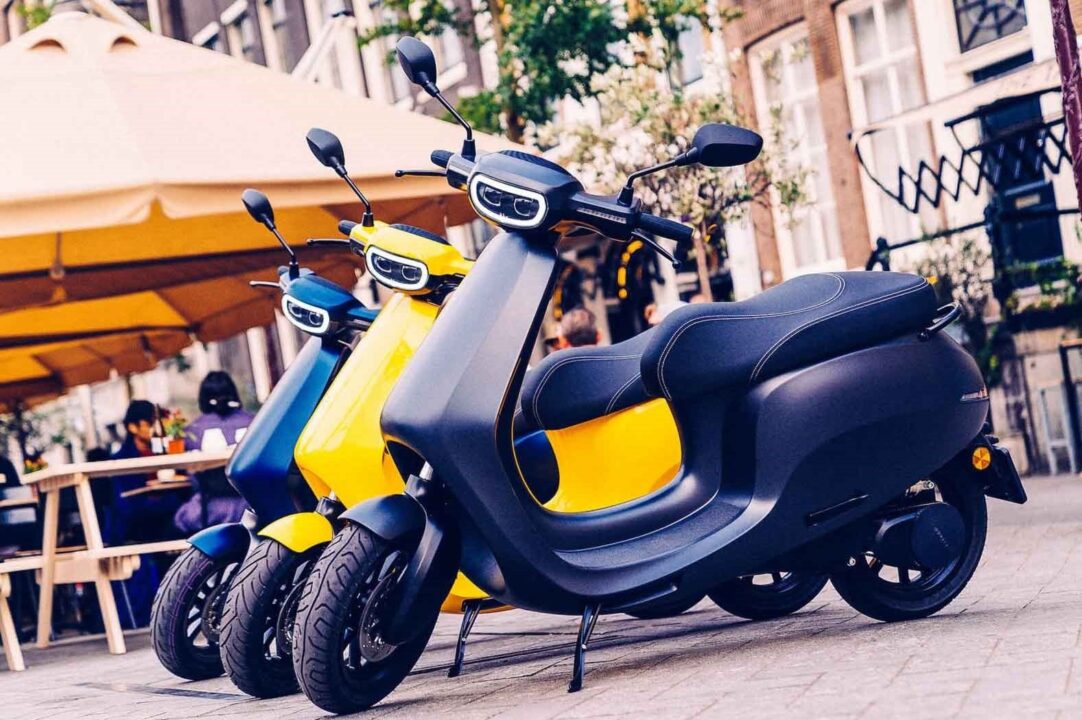Right from the arrival of the first car in India in 1897 to the latest automobile technology driving transportation, the country has come a long way in moving people and goods. For instance, Delhi has more than 33 lakh cars on its roads, as per the Economic Survey of Delhi 2020-21. No wonder, the Centre for Science and Environment (CSE) analysis suggested that more than half of the air pollution in Delhi is contributed by vehicular emission. Cities are the major hubs of most of these technology-driven mobility options and, as a result, bear the brunt of its consequences such as pollution, consumption of non-renewable resources, and road congestion. It is high time mobility is made sustainable to lessen its impacts on environment.

To address these challenges, sustainable development has taken centre stage, and electric vehicles (EVs) present the solution to some major issues. Presently, India has more than 8.7 lakh EVs on its roads and is set to achieve an almost 30 per cent share of private vehicle sales by 2030, as per the statement of Nitin Gadkari, Minister of Road Transport and Highways, Government of India. Due to their environment-friendly feature and skyrocketing fuel prices, EVs are quickly becoming the choice of the urban population. A survey by CarDekho, an online auto portal, assessed that 66 per cent of Indians are willing to switch to EVs as they are eco-friendly and don’t require traditional fossil fuels. The path to sustainable mobility has begun but there are some challenges on the way.
Shortcomings in EV adoption
A major challenge to adopting EVs in India is the lack of charging infrastructure. With the launch of state EV policies in Delhi and other states such as Gujarat, West Bengal, Uttar Pradesh, and Kerala, the pace of installing charging infrastructure has increased. Nine cities – Surat, Pune, Ahmedabad, Bengaluru, Hyderabad, Delhi, Kolkata, Mumbai, and Chennai, account for more than 55 per cent of the total charging stations in the country. Equitable provision of charging infrastructure is necessary to take the country towards sustainable mobility.
Another critical roadblock in the mass acceptance of EVs in India is the pricing. For instance, if a middle-class citizen wants a four-wheeler, he can buy a used one for around 2 lakh but for an EV, the cost shoots up to 10 lakhs and above. State governments are trying to plug this loophole with initiatives like subsidies to cut the prices of EVs. The Government of India has also extended its support by allocating `2908 crore to the Faster Adoption and Manufacturing of Hybrid and Electric vehicles (FAME), a central government initiative to accelerate the adoption of EVs. This is three times the fund allocation of the last fiscal year. It will help incentivise the governments to innovate and build the infrastructure for alternate sustainable mobility options.
EV is the future
As per a report by RBSA Advisors, the Indian electric vehicle market is expected to grow at a compounded annual growth rate (CAGR) of 90 per cent in this decade and will reach the mark of $150 billion by 2030. Presently, EV sales amount to 1.85 per cent of total vehicles sales in India (2020-21), but the numbers are expected to grow exponentially. (refer to the graph below)
Globally, EV sales in 2021 have more than tripled as compared to the number two years earlier, according to the International Energy Agency (IEA) estimates. This suggests that EVs are gradually becoming the preferred choice for mobility around the world.
A survey by EY of 4000 people from around the world, including Indians, suggests that 90 per cent of them are willing to pay a premium price to buy EVs in future. This reflects the willingness and seriousness of the community to contribute to mitigating the environmental woes.

EV and public transport
As per the Socio-Economic Survey conducted by the Government of NCT of Delhi, 70 per cent of people in Delhi use public transport. Sustainable public transport will help take the idea of sustainable mobility to the masses. As per the 2011 Census, 18 per cent of people travel to work by public transport. Thus, opting for sustainable mediums in public transport would take a heavy load off the environment.
The COVID-19 induced pandemic crippled the public transport sector in cities, but it has also set the stage and presented an opportunity for the urban spaces to evolve. Innovation is one way of doing it. Delhi is taking this forward by introducing smart electric buses in the capital’s public transport system. The blue e-buses on the roads of Delhi provide a sustainable option for public transport and are equipped with smart QR codes so that people can pay the fare digitally, without any physical contact. Sustainability is not limited to one or two modes of transport; all forms should adopt it.
Air transport constitutes a significant chunk of public mobility, and sustainable aviation fuel (SAF) provides a good option. Indigo, the largest airline of the country, recently received the first sustainable aircraft from Airbus, which consumes SAF.
Conclusion
Sustainable mobility is an essential component that can help cities achieve SDG 11. EVs are crucial for cities to achieve this goal. With a 198 per cent jump in EV sales as compared to last year in India, they are slowly becoming the face of sustainable mobility. India’s urban spaces are evolving every year and so are the mobility options. Adoption of EVs in private as well as public transport is crucial for transforming mobility scene in
the country.
